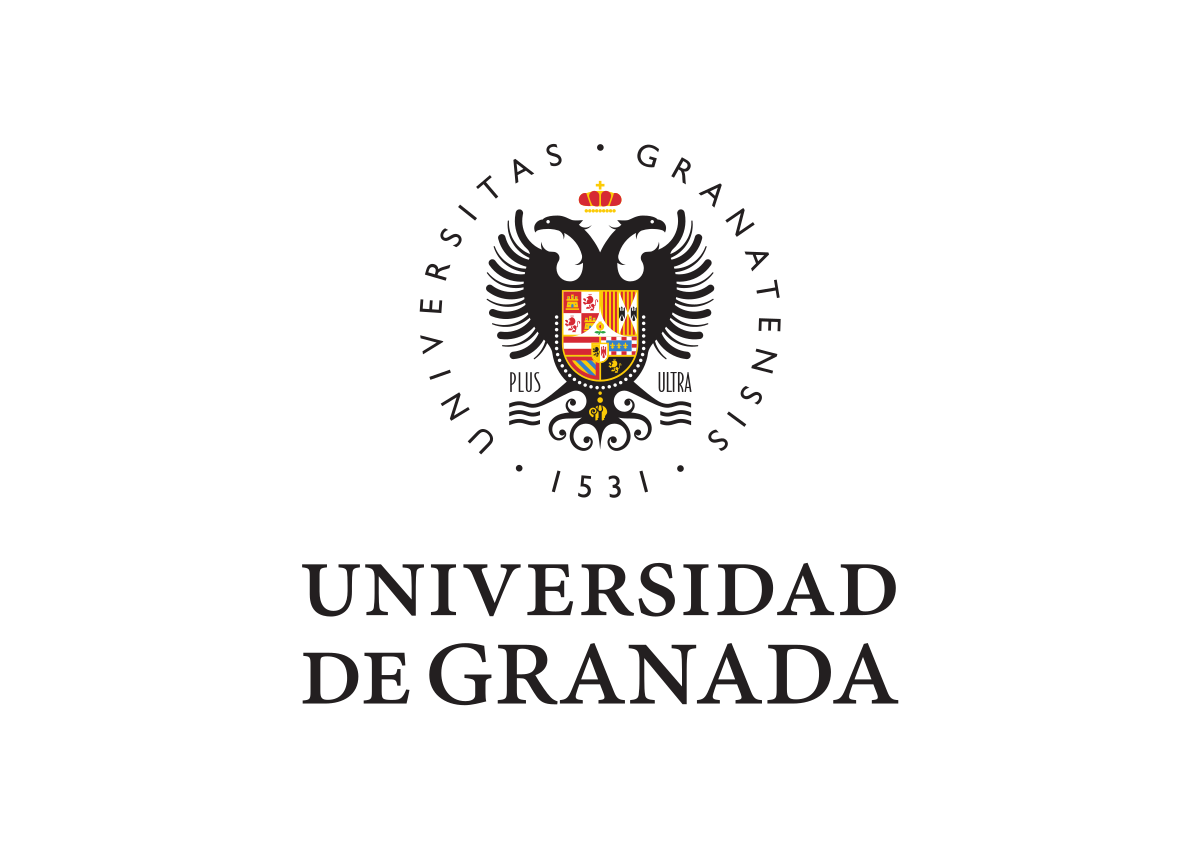Work Packages

1: Luminescence Investigations
Objective 1 is to characterise the sedimentary sequences associated with earthworks and agricultural terraces in each case study region, and link these with sediment OSL ages to provide the chronologies to date construction and use of these features (Kinnaird et al. 2017a). Innovations in field-based OSL investigative techniques enable ‘luminescence stratigraphies’ to be generated on-site in real-time (during excavation or survey), directly relating the sediment sequences with the archaeological contexts and artefact distributions. Constraining and characterising the chronological sequences of the soil-profiles in this way enables more effective and informed sampling strategies for in-field geoarchaeological sampling and subsequent lab-based OSL. The luminescence profiles are used to target specific sedimentary horizons with archaeological significance (construction events, evidence of repair or modification) for more conventional OSL dating analysis (estimated 30 per case study; see Kinnaird et al. 2017a) and for geoarchaeological analyses in WP2. Detailed sediment chronologies will be generated and used to date and model phases of terrace construction and development. Due to chronological difficulties, scholars have tended to be very conservative in dating the origins of terrace systems. Medieval or earlier examples are considered exceptional, with the vast majority of terraces assigned an early modern/modern date and thereby associated with recent agricultural 4 intensification. This new and robust dating method enables us to investigate the possibility of a much greater antiquity for many terrace features and to fully appreciate key phases of past landscape transformation and the durability of regional systems. WP1 therefore addresses a specific and extremely important research problem for the history of terraces.
2: Integrated geoarchaeological analyses
Where dating has constrained phases of use, profiles will be targeted for integrated gcollageeoarchaeological analysis to assess the types of activities for which the terraces were used, and whether this changed over time. This will include sediment micromorphology with portable X Ray Fluorescence (pXRF) and microfossil analysis (phytoliths and pollen), and soil organic biomarker analysis. By examining targeted areas of terrace stratigraphy under the microscope, we can identify morphological features that indicate past land use and processes, including irrigation, crop residues, and anthropogenic fertilisers. The sediment profile will be scanned using pXRF (Portable XRF Bruker Tracer IIISD analyser) to identify areas with increased phosphorus, associated with the input of organic matter, and subsamples will be analysed for faecal lipid biomarkers (coprostanol and bile acids) using GC/MS. Microfossil analysis will be conducted on the same samples collected for lipid biomarkers to identify possible crop types. The type of microfossil preserved will depend on the specific environment and activity, and will be informed by micromorphological analysis.
3: Landscape analysis and modelling
Objective 3 is to produce broader landscape-scale narratives of terrace use and assess the impact of terracing on soil loss. This will extend the local inferences provided by WP1 and WP2. Our approach will integrate historic landscape characterisation (HLC) and spatial analysis; HLC is a GIS-based methodology which studies the evolution of historic landscapes using a range of cartographic data and remote sensing (Turner 2006; Crow et al. 2011). A HLC will be created for each CS to investigate the historical transformation of the landscape based on open and proprietary map/geospatial data. This will enable the sampled terraces to be contextualised within their terrace systems and wider landscape, extending to a broader scale the historical narratives created at local scale by WP1 and WP2. Integrating these scales will enable us to address, for example, whether phases of terrace construction or repair were planned and coherent, or rather informal and piecemeal (Turner et al. 2018). Spatial analysis and modelling methods will also be tested on the HLC dataset to assess the significance of identified spatial patterns and infer possible drivers of landscape change.




